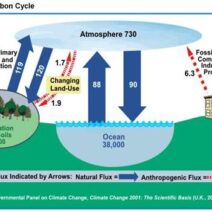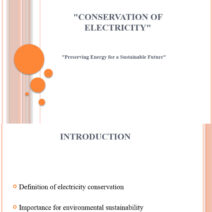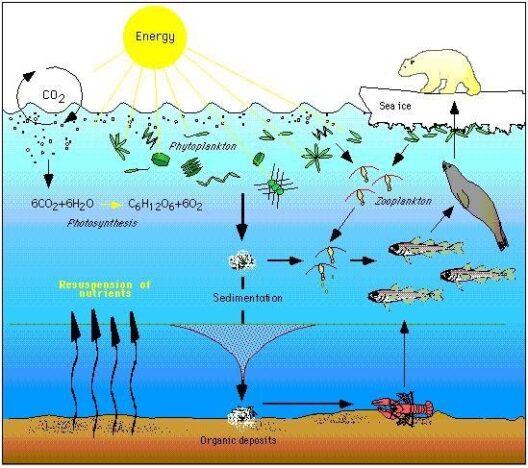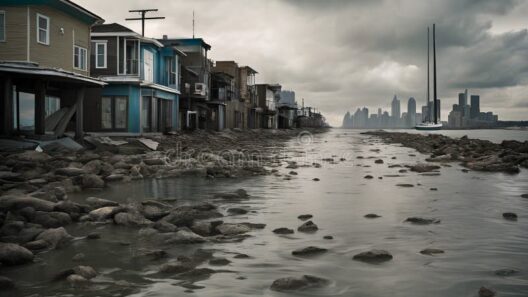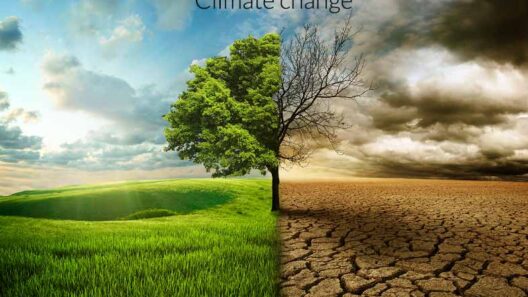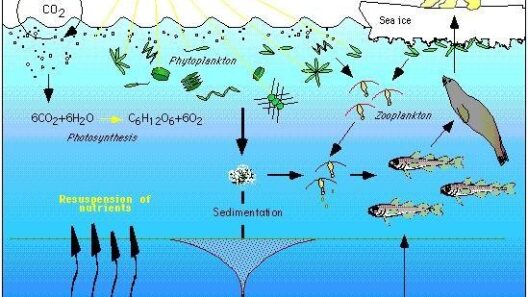As humanity races toward a critical threshold of overpopulation, the intricacies of our existence intertwine more profoundly with the delicate fabric of the environment. The Earth, a vibrant blue orb nestled in the vastness of space, is gasping under the choking weight of 8 billion souls. This burgeoning population inevitably challenges the planet’s ability to sustain life, and the ramifications of this insatiable growth are far-reaching and multifaceted. In understanding the price of overpopulation, one must grapple with the dual crises of climate change and resource depletion, both exacerbated by an ever-increasing human footprint.
Overpopulation arises not merely from high birth rates, but also from a confluence of factors, including improved healthcare, reduced mortality rates, and increased migration to urban areas. The United Nations projects that the global population may reach nearly 10 billion by 2050. This towering figure prompts an unsettling realization: the planet is straining under the burden of its inhabitants. Unsustainable urbanization spreads like an insatiable virus, encroaching upon natural habitats and transforming landscapes into sprawling metropolises. The phenomenon of urban sprawl exacerbates environmental degradation, resulting in a steep decline in biodiversity as ecosystems are either obliterated or irreparably altered.
At the intersection of overpopulation and climate change lies a disheartening truth: as human numbers swell, so does the demand for energy, food, and water resources. The world’s dwindling supply of freshwater is a prime example of this precarious balance. Agriculture, which accounts for approximately 70% of global freshwater consumption, is straining against a backdrop of increasing demand. As populations burgeon, the need for arable land intensifies, leading to deforestation and degradation of fertile soil. Consequently, the interlinked crises of food security and water scarcity surface, jeopardizing the livelihoods of millions. A vicious cycle emerges; climate change exacerbates droughts and floods, which in turn threaten agricultural productivity and intensify competition over dwindling resources.
The repercussions of overpopulation extend beyond resource depletion; they usher in the stark realities of environmental pollution. Urban centers, overwhelmed by massive populations, become hotbeds of concentrated waste generation and greenhouse gas emissions. The transportation sector, fueled by fossil fuels, contributes significantly to atmospheric carbon levels. The International Energy Agency’s data reveals that the transport sector is responsible for nearly a quarter of global CO2 emissions. Moreover, the accumulation of waste—from plastic pollution in oceans to hazardous e-waste in landfills—creates a dire situation. The very fabric of ecosystems is polluted by harmful substances, jeopardizing both terrestrial and marine life, while simultaneously exacerbating public health crises.
In examining overpopulation’s contribution to climate change, it becomes evident that the planet’s ability to detoxify itself is waning. The biosphere, with its intricacies of carbon cycling, can become imbalanced as anthropogenic activities release carbon at unprecedented rates. Forests—often referred to as the lungs of the Earth—are felled to accommodate housing developments, agriculture, and industry. As trees disappear, the capacity to sequester carbon diminishes, with severe implications for global warming. The phenomenon of deforestation signifies not just the loss of trees, but also the destruction of habitats for countless species, contributing to a dramatic decline in biodiversity.
However, amidst this grim narrative, there exists a glimmer of hope and a pivotal opportunity for transformation. The urgency provoked by overpopulation invites a reassessment of our existing paradigms. It prompts contemplation of innovative solutions and encourages a shift toward sustainable practices. Sustainable urban planning can emerge as a beacon of resilience. By designing cities that accommodate growth through vertical expansions rather than horizontal sprawl, we can minimize land use and preserve critical ecosystems. Cities can become sanctuaries of biodiversity, incorporating greenspaces and urban gardens that foster ecological health while also enhancing the quality of life for inhabitants.
Furthermore, we must champion the development and implementation of renewable energy sources. Solar, wind, and hydroelectric power represent viable alternatives to fossil fuels, reducing greenhouse gas emissions and fostering a sustainable energy landscape. Investing in clean technologies can decouple economic growth from environmental degradation, paving the way for a future that respects both humanity and the Earth.
Education plays a transformative role in addressing the complexities of overpopulation. By empowering individuals and communities with the knowledge and tools necessary for family planning and sustainable practices, we can cultivate a culture that values environmental stewardship. Comprehensive education fosters awareness of the ecological ramifications of overpopulation, urging informed decisions about family size, consumption patterns, and lifestyle choices.
The critical challenges posed by overpopulation and climate change necessitate a concerted global effort. Policymakers must prioritize sustainable development goals that focus on reducing inequalities, promoting responsible consumption, and protecting natural resources. Dismantling entrenched systems of exploitation and consumption is essential in reshaping our trajectory toward a more equitable and sustainable future.
As we stand at this nexus of overpopulation and environmental degradation, it becomes increasingly evident that the solutions lie not just in technology, but in a profound shift in humanity’s relationship with nature. The breath of our planet hangs in the balance, and it beckons us to reconsider our choices. Stepping into this new consciousness offers a chance to emerge not merely as stewards of Earth, but as guardians of her potential, ensuring that the fragile equilibrium of our ecosystems is preserved for generations to come.
